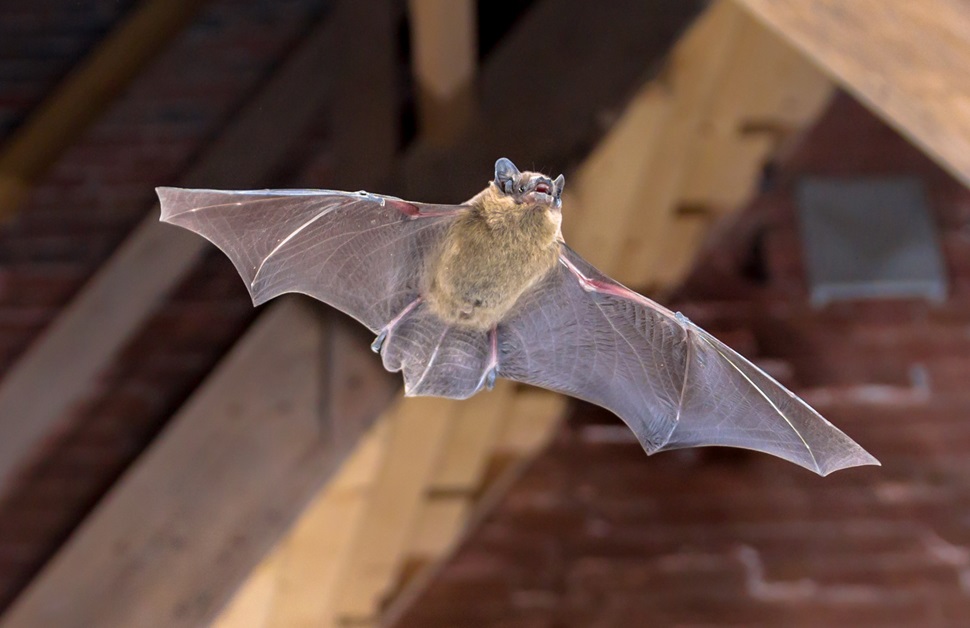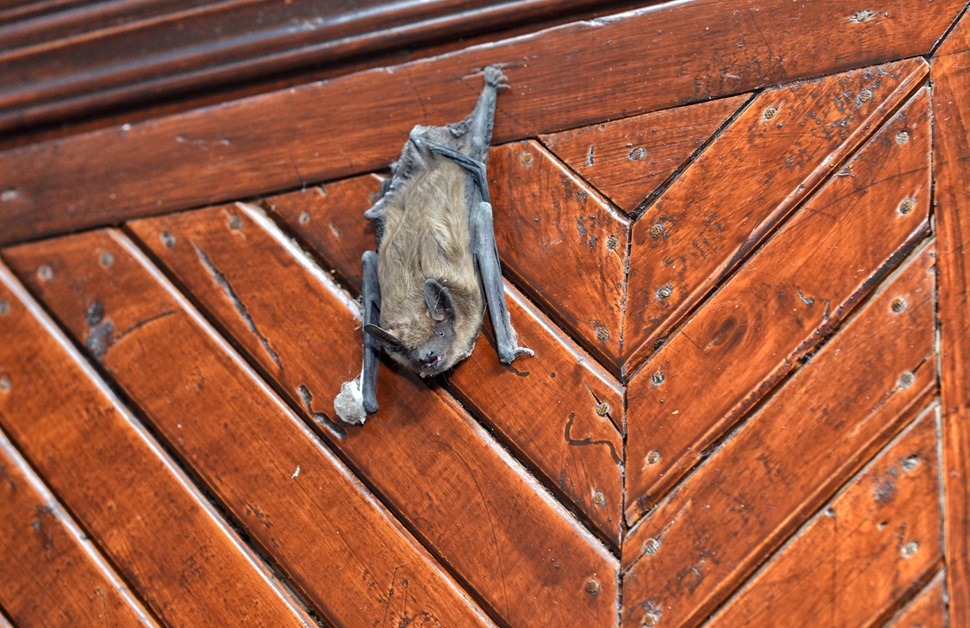
Bat Conservation Trust Survey Guidelines
As a method of adding unexplored considerations, integrating new elements and altering existing parameters based on feedback, the Bat Conservation Trust (BCT) aims to update its bat survey guidelines every five years to a decade depending on changes to bats, bat surveying and the legal protection surrounding the species. So far, it has spanned the space of 16 years, starting with the first edition in 2007 and continuing up to the new bat survey guidelines (2023).
While each edition of the document involves a myriad of unique concerns and deliberations, all of them share the same values and intentions. First and foremost, the guidelines touch upon strategies of providing a certain standard of bat survey services and operating in a specific format. More specifically, to do that effectively, the document ensures that bats are conserved, preserved and protected accordingly and that all national and international statutory agreements and obligations are met correctly.
Previous Editions of the BCT Bat Survey Guidelines
Past editions of the BCT’s guidelines on bat surveys include:
Bat Survey Guidelines 1st Edition – 2007
Bat Survey Guidelines 2nd Edition – 2012
Bat Survey Guidelines 3rd Edition – 2015

Bat Survey Guidelines 4th Edition
Formally titled Bat Surveys for Professional Ecologists – Good Practice Guidelines, the fourth edition of the document was released in September 2023, with early updates added on 10th October. The guidance itself is applicable to a number of different people, including bat volunteers, ecological researchers, ecological surveyors, developers, homeowners, nature conservationists, planners and members of applicable governmental and non-governmental organisations.
Major Changes in the Essential Reference Guide
Following the identification of evidence gaps and the collection of further research put forward by professional ecologists and members of relevant organisations – such as Natural England, the Department for Environment, Food and Rural Affairs (DEFRA), the Chartered Institute of Ecology and Environmental Management (CIEEM) and the Bat Conservation Trust (BCT) – the most recent good practice guidelines were created to sufficiently support the legal protections of bats and bat roosts based on current circumstances.
A trial-and-error approach has been taken by the BCT since the first edition of the document was released in 2007, and from there, ecological consultants were able to give feedback on the positives and negatives of all forms of bat surveys and assessments. At the same time, the BCT and other organisations could make applicable changes from the representative sample alongside their own observations and changes to bat surveying as a result of the climate, technology and any other ongoing variables.
Key differences in the Bat Surveys for Professional Ecologists – Good Practice Guidelines include:
Categorisation of Trees
During an inspection of preliminary roost features (PRF), trees are naturally perceived as an important component to consider due to the typically high habitat suitability they offer to native bats. The classifications of trees have changed, however, leading to a clearer determination of how trees are seen as suitable or unsuitable for bat roosts.
At any point that tree surveys are integrated into bat surveys, a tree that is small, lacking in suitable surrounding habitats and only viable for individual bats or a small number of bats will be classed as a PRF-I and a tree that is viable for multiple bats and has the potential to be used as a maternity roost will be classed as a PRF-M.
Ranging from low to high, a tree rated at PRF-I will be classed as having low roost suitability and needs no further surveys and a tree rated at PRF-M will be classed as having high roost suitability and needs further surveys between May and September, with at least two taking place between May and August. As for moderate roost suitability between low and high, further surveys will be needed between May and September, with at least one between May and August.
Dusk and Dawn Activity Surveys
Often known as bat emergence and re-entry surveys (BERS), bat activity surveys or dusk emergence surveys and dawn re-entry surveys among other titles, phase two in the bat survey process involves monitoring the site at dusk and dawn to record data regarding bat species, population sizes and habitat locations across the development site.
A significant change to how phase two bat surveys are carried out has meant that assessments undertaken at dawn are rarely needed. The dawn section of the inspection focuses on the re-entry of bats to the site from elsewhere, but as bats may return to present roosts earlier than dawn, bat activity could be missed by the surveyor, making the survey findings unreliable.
Hibernation Surveys
In previous editions of the good practice guidelines, the category of bat surveys known as hibernation surveys, static surveys or automated surveys consisted of a minimum of two visits in mid-January and mid-February. As a winter assessment, it made sense to utilise this time period, but it gave developers limited opportunities to arrange a hibernation bat survey.
The new guidance enables professional ecologists to include December in the months that a hibernation survey can be conducted providing there is a gap of two weeks between each survey visit. An option of further flexibility may even be possible under certain circumstances, such as if bats are absent or hibernating during the inspection, impact is expected during specific periods, the site has deep or inaccessible crevices, or simply if the ecological consultant deemed it appropriate.
Night Vision
Adding to the collection of devices, tools and pieces of equipment used by ecological surveyors during bat surveys such as infrared cameras and bat detectors, it is now recommended by the Bat Conservation Trust (BCT) that night vision aids (NVAs) are also used. Bat activity usually occurs at night, and while staging assessments at dusk and dawn allows for accurate monitoring of nearby bat species, it can be easy to miss key observations.
By showing more of an intention to use night vision technology, the BCT encourages ecological consultants to gather a better standard of evidence from development sites and add a greater level of insight to bat surveys and reports. Specific guidelines for using night vision aids (NVAs) for bat survey services haven’t yet been provided, but it is expected in the coming weeks or possibly even months.
Timing
A delicate matter that applies to all protected species surveys is the timing between each assessment. In terms of bat surveys specifically, the minimum time between each site visit was previously set at two weeks apart, but through the guidelines, the period has been extended to a minimum of three weeks apart.
Without accuracy and relevancy in the data taken from a bat survey, the results will be void and any reports will be unreliable in the eyes of the local planning authority. Part of ensuring trustworthy findings comes from obtaining an average view of bat occupancy during the designated survey period, and three-week gaps allow for it to be sufficiently dependable.

Our Integration of the Current BCT Bat Survey Guidelines
An attribute that has contributed to us being the UK’s number one ecological consultancy has been our ambition to offer a service of the utmost quality and our ability to remain at the forefront of advancements in ecology. The approach applies to all areas of our work, but in terms of our professional bat work, we make it our mission to be as acquainted with the latest standards as any BCT member.
All of our bat surveys, including preliminary roost assessments (PRAs)/bat scoping surveys and bat emergence surveys/bat activity surveys are conducted with reference to the fourth edition of Bat Surveys for Professional Ecologists – Good Practice Guidelines. Then, when the BCT releases new editions, we will update our services to integrate any changes to how bat surveys should be carried out.
If your local authority has requested a bat survey on your site or if you yourself have spotted bats or bat roosts in the local vicinity, simply contact Arbtech, and our administration team will be able to offer you a free quote based on your specifications. From there, we can work with you to arrange a suitable time for professional ecologists to attend your site and undertake the necessary bat surveys.

There are no comments yet. Why not get involved?